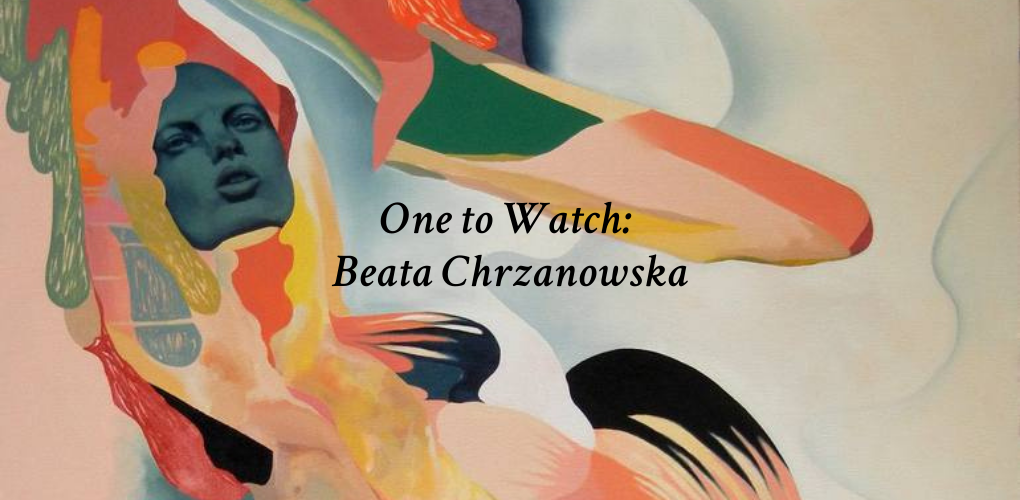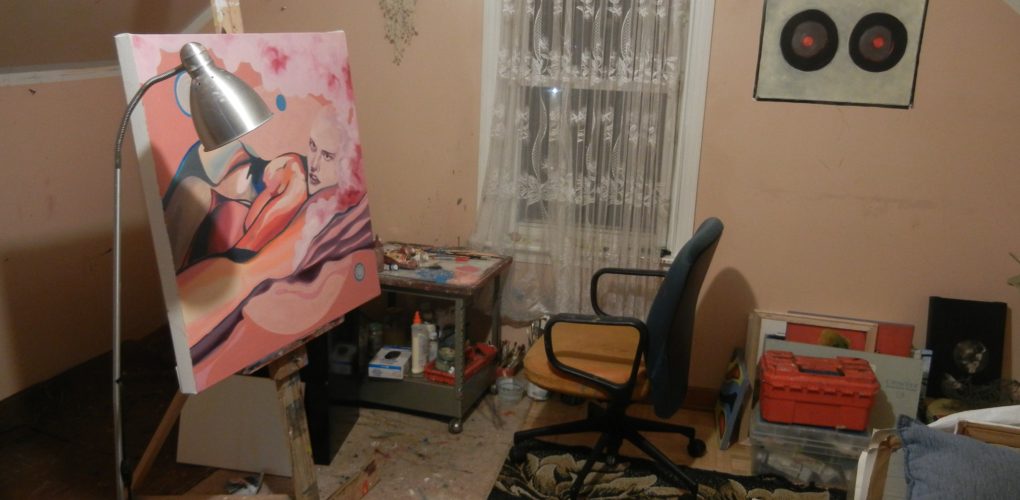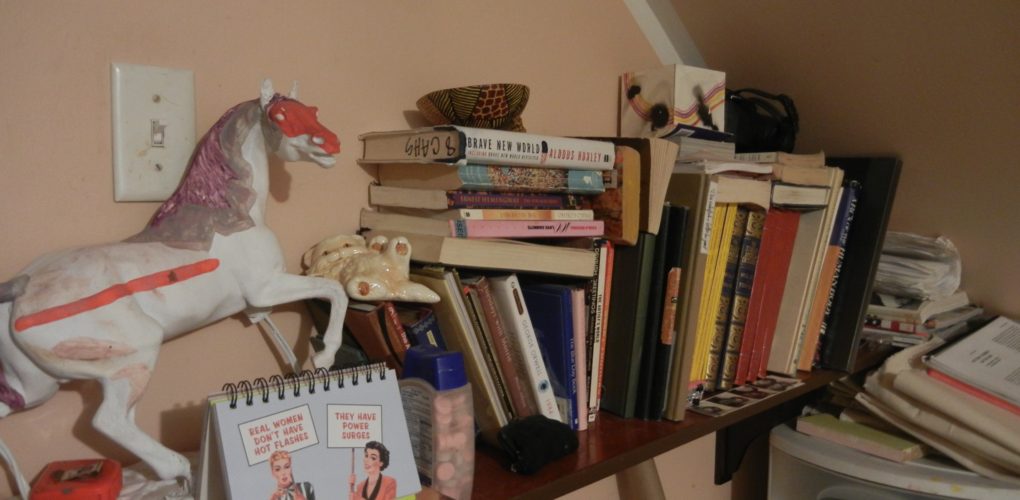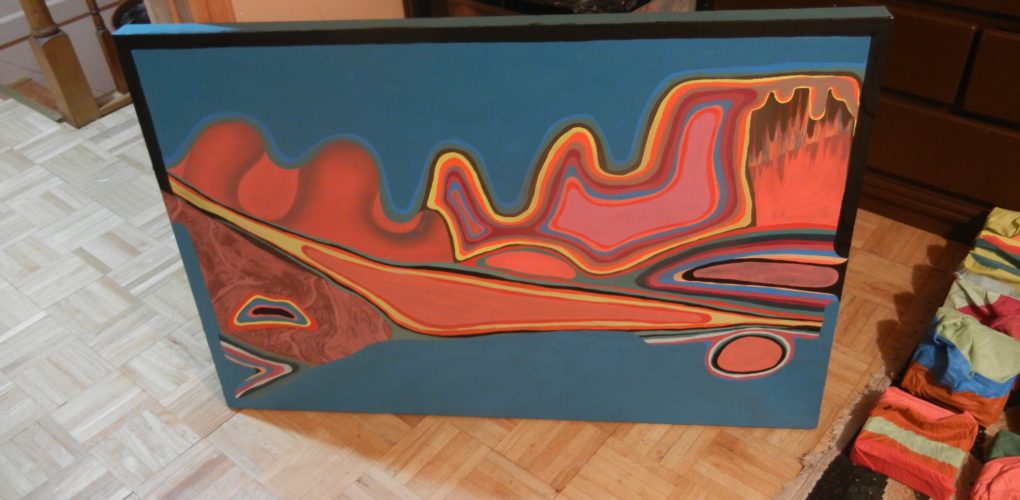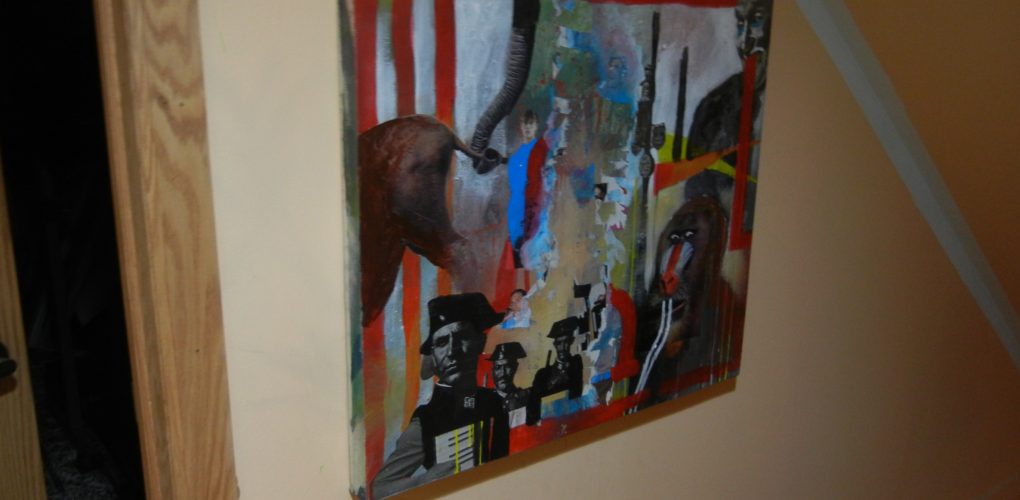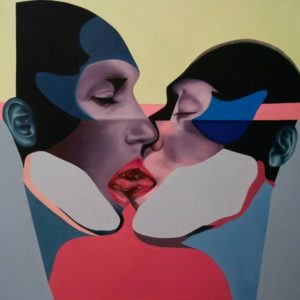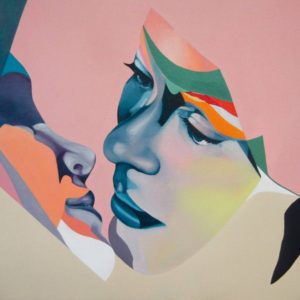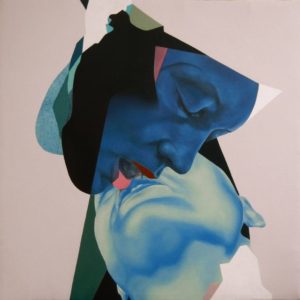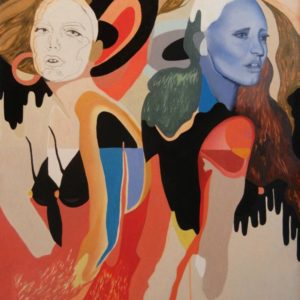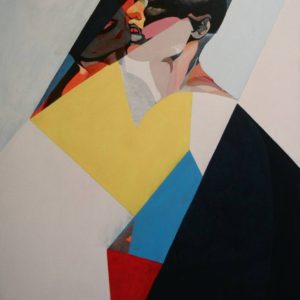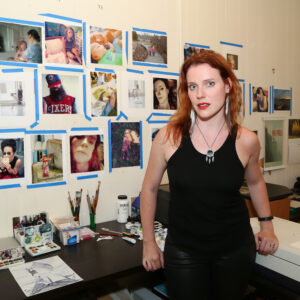One to Watch
 Beata Chrzanowska creates realistic, deconstructed portraits
Beata Chrzanowska creates realistic, deconstructed portraits
Beata Chrzanowska’s paintings evoke what she sees as the qualities of an empowered woman: strength, beauty, and sexuality. She is interested in depicting the female form — deconstructed into a blend of hyperreal figuration and hard geometric shapes– in different stages of intimacy and love, be it a first kiss or an embrace. Beata works with oil paint, carefully balancing form and color in varying opacities.
Beata was born in Poland and now lives and works between Chicago and New York. She studied at the Milwaukee Institute of Art & Design in Wisconsin. Her work has been exhibited at Cheryl Hazan Gallery, Sensei Gallery, Arthelix, City Bird Gallery, Gallery Bar, C.C.C.P. Gallery, and more recently at Select Fair in Miami. She has been featured in publications including HiFructose Magazine, Nakid Magazine, Wild Magazine, UNDR RPBLC, and Posture Magazine.
What are the major themes you pursue in your work?
The major themes I pursue in my work are women, women, and more women. These goddesses are usually in very colorful environments surrounded by textures and geometric shapes. They are demonstrating true emotion and they all evoke sexual nature, strength, beauty and a love of being a woman.
How did you first get interested in your medium, and what draws you to it specifically?
I have flip-flopped with my medium of choice throughout the years. I used to work solely with acrylic but after I started working for an artist in New York and all I did was paint for him in oils, I reawakened my love for oil paint again. There is more room to manipulate the medium and work on a part of the painting for hours when I work with oils because of the slow dry time, and these beautiful intricate faces and bodies that I create need that kind of patience. I do usually start with an acrylic layer where I allow the watercolor-like texture come through. I preserve some of it in the final result.
How has your style and practice changed over the years?
I have taught myself how to paint fast when I need to and when to paint slow. I usually spend hours and hours painting a human body or face, and then I paint faster when I just paint geometry. In the past I used to work only with acrylic and the process was faster in general. I have really come to appreciate the brilliance of oil paint and I use it as much as possible now. My human figures and faces have also become more realistic over the years and my audience has responded with great approval.
Can you walk us through your process? Do you begin with a sketch, or do you just jump in? How long do you spend on one work? How do you know when it is finished?
My process differs from piece from piece. Sometimes I start with a photo that I find of a person or people and I trace the image on to a transparent plastic sheet and I enlarge it with my projector onto the canvas. Then I flip through fashion magazines and I find angles of faces that would make sense in the painting and I project those too. Then I start with an acrylic layer where I paint some body parts and geometric shapes.
When I feel like I’m ready to start using brilliant colors then I switch to oils. All the beautiful faces are painted with oils. Then I go off on my own and start adding textures and additional shapes from my imagination. The colors also come very randomly at first but when the painting becomes pretty full with color, I slow down and wisely choose the final colors in order to create a successful and balanced composition.
I use my projector a lot. Some of the photos I take on my own and then I trace them and project them to get the most accuracy and to save time. Other times, especially when I am just making abstract works I usually make a quick sketch with colored chalk and I dive in. The abstract pieces come when I need a break from the figure and they become really therapeutic and relaxing to create.
The work usually is finished when I just don’t know what else to add and it has that pop art feel. Smaller paintings take a lot less time than larger ones. A small painting can take me somewhere between two weeks to a month, whereas a large painting can take me somewhere from a month to three months.
If you couldn’t be an artist, what would you do?
I would probably be an occupational therapist or a personal trainer. Both are creative professions. An occupational therapist creates art by making custom made splints and works specifically with their patients’ needs. A personal trainer’s body is a work of art and they help others make their bodies into beautiful, healthy works of art as well.
What was the best advice given to you as an artist?
The best advice as an artist was to always keep painting. No matter how slowly your career is, picking up the key is to just keep going. Create a routine for yourself and dedicate yourself to your studio. Instead of waiting for your existing work to sell just keep making more and more. This is great advice but now I’m starting to run out of storage!
